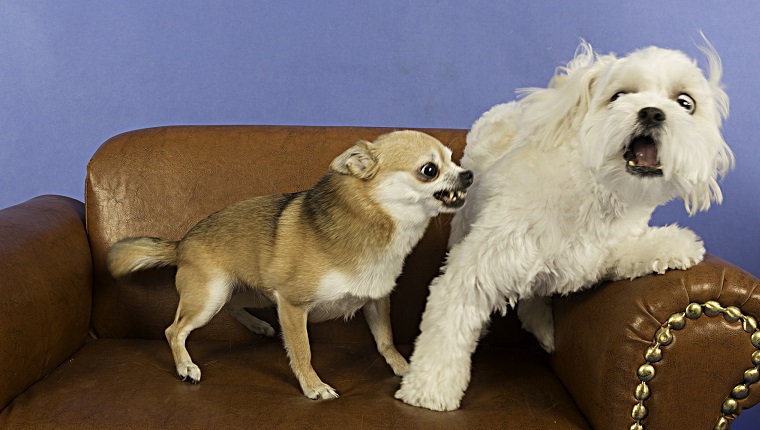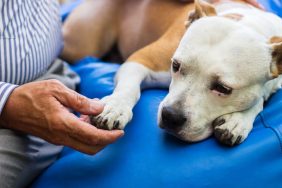If your dog has ever acted out in an aggressive manner, what is the most common explanation? Protecting their territory? Being wary of strangers or a new environment? New research suggests that one reason might be inside your dog’s gut.
A study by researchers from the Oregon State University found a correlation between aggressive behavior and the presence of microbes in dogs’ guts. This is a groundbreaking finding because previous studies in this field have not looked into this particular connection.
For now, the link is only a correlation, rather than conclusive evidence that a dog’s physiology and the bacteria that live in the gut cause aggressive behaviors. However, these findings should push researchers to conduct more studies to examine the relationship between gut microbes and aggression.
In the study, the researchers tapped 31 Pit Bull variety dog, 14 males and 17 females. All of the dogs analyzed were in a shelter following a dog fighting rescue operation. Shelter Researchers tested the dogs for aggressive behaviors. Then they collected stool samples from the dogs and found Firmicutes, Fusobacteria, Bacteroidetes, and Proteobacteria. Bacteria in the gut of aggressive and non-aggressive dogs varied significantly.
“We didn’t show a cause-and-effect relationship between microbiome and aggression, but we showed they’re correlated, that there’s a linkage,” said Sharpton. “Maybe there’s a microbiome component that contributes to aggressiveness, but we need follow-up experimentation to determine if there is a causative role.”
Different Kinds Of Aggression
Dogs can show aggression differently, and they can be triggered by different factors, too. Territorial aggression happens when dogs defend their areas, much like their wilder ancestors. Protective aggression happens when they want to ensure the safety of the pack, which can include one’s family.
Fear aggression can be exhibited when the dog feels cornered or trapped. Similar to other forms of aggression, fear aggression may due to a dog’s natural fight response. Pain can also cause aggression, so even the gentlest dog can become aggressive when hurt. If your dog shows sudden signs of aggression, it could be time for a trip to the vet to see if a medical issue is causing the behavior.
Spotting Aggression In Dogs
Signs of aggression can vary. Less threatening actions include going rigid or making guttural barking sounds. It can escalate to more threatening signs like growling, snarling, lunging towards a person, or muzzle punching, where the dog uses their nose to push against a person.
The more threatening aggressive actions include snapping, nipping, biting, and shaking. There are no sure successions of how dogs show aggression, but it’s good to look out for these signs and be aware of how your dog is feeling.
What are your thoughts on the new findings on microbiomes in dogs’ guts? Do you think they can cause aggression in dogs? Let us know in the comments below!
Related articles:









